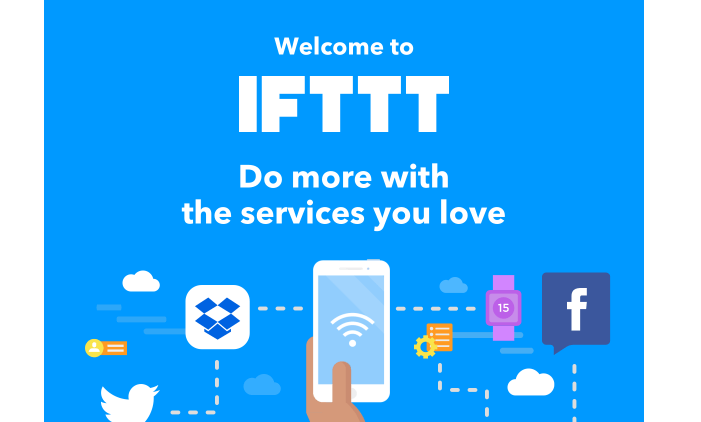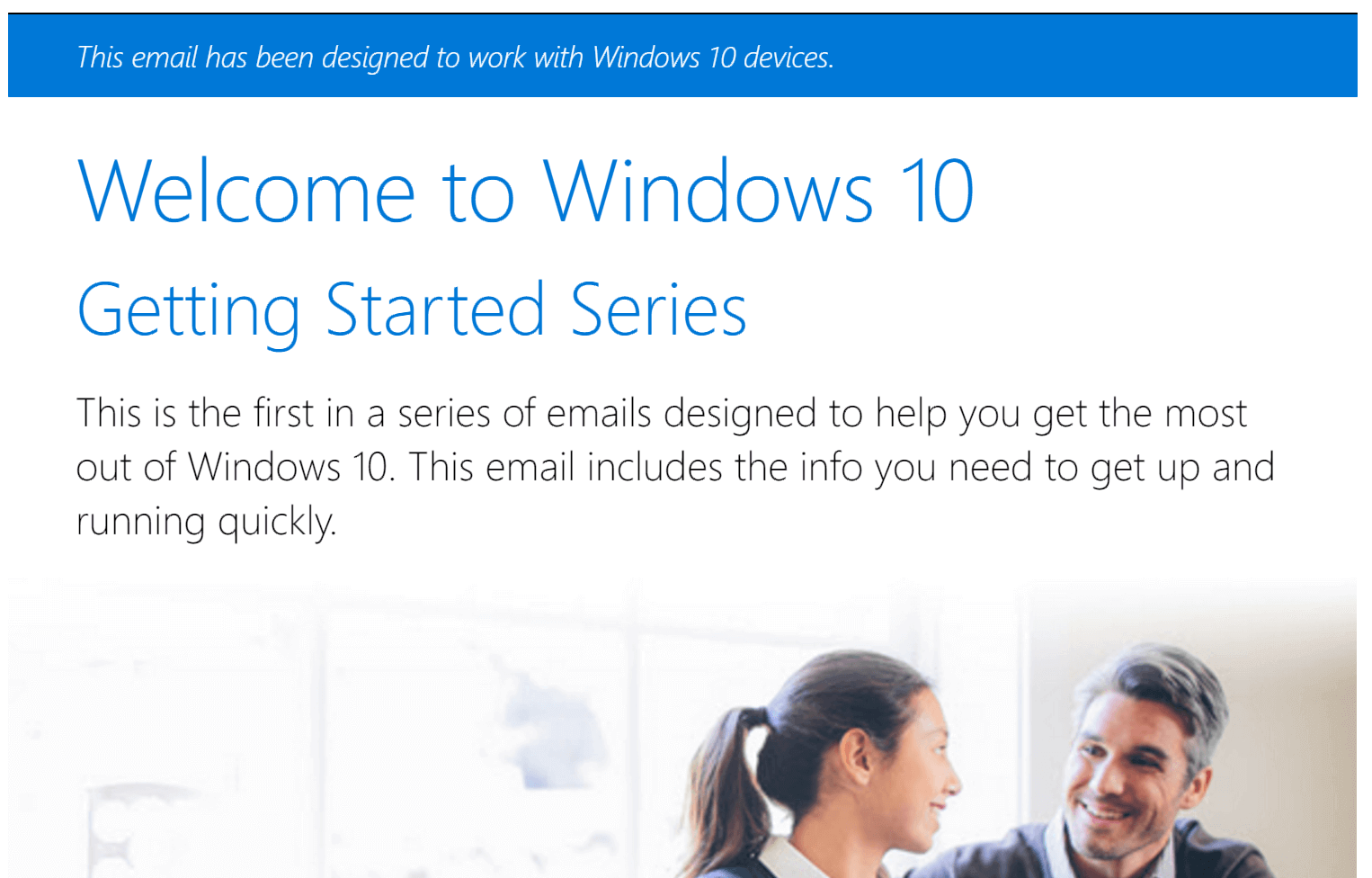- Apr 03, 2017
 0
0- by A2 Marketing Team
When it comes to engaging users and driving conversions, email marketing campaigns are one of the most powerful and customizable tools at your disposal. This means it’s crucial that you make a good first impression, or you could risk losing subscribers from the get go.
The best way to leave a lasting impression on your email subscribers is to greet them properly, and that’s where ‘welcome emails’ come in. These can have a lasting impact on how many people read your subsequent emails, and if you get them right, you’re almost guaranteed an excellent open rate for future messages.
In this article, we’ll dig deeper into what welcome emails are and what makes them valuable. The, we’ll introduce three simple guidelines you can follow to make sure yours hit the mark. Let’s begin!
An Introduction to Welcome Emails and Their Benefits
Welcome emails can comprise a single message or a series of emails, and are designed to ease users into their role as subscribers to your campaign.

Think about your email campaign as a long-term investment. You put in the time to create content, readers receive valuable information, and ultimately, you both share in the benefits of a conversion. However, before that can happen, you need to make sure your subscribers are hooked.
Some people simply collect emails for their lists, send a sales blast here and there, and call it a day. Here’s why a strategic approach, including a welcome email, works better:
- Early conversions. Studies suggest that welcome emails have 320% more revenue per email than other promotional emails.
- Establishing a narrative. A welcome email gives you the perfect opportunity to introduce yourself to readers as someone who cares about offering them value.
- Receiving feedback. Welcome emails should be personal and intriguing, and can prompt readers to engage with you, so you know what they think about your content.
During this article, we’ll discuss some of the ways you can make welcome emails work for you. Let’s move right on.
3 Guidelines for Crafting the Perfect Welcome Email
The first step to any successful email campaign is to get subscribers to actually open your messages. Fortunately for you, welcome emails typically have very high open rates – possibly because users are curious to know what you can offer them.
When a user subscribes to receive your emails, you’ve got a clear shot at turning them into regular readers. You just have to make sure you nail that first message.
1. Tell Your Subscribers What to Expect
The best way to kick off a welcome email is to be upfront about what your messages will deliver. For example, will you focus on sharing articles they might be interested in or giving out freebies? If so, you should state this right off the bat.

Ideally, you want readers to be excited about each new message, so they’ll open them. Here’s how being upfront about your intentions can help you achieve that:
- Establishing trust. Being too vague or misleading readers about what you’ll provide is simply bad practice and will ultimately turn them away. Telling them exactly what to expect and delivering on it will help to establish trust from the outset.
- Giving readers a choice. Once they have all the information at hand, they can decide whether they’re interested in continuing to receive your emails. This also enables you to remove uninterested parties quickly so they won’t affect your open rate.
The best part is, staying true to this guideline is remarkably easy. Start by asking yourself: what content do you want to build your email campaign around? Just remember that every message must provide some sort of value to your readers – whether that is advice, unique articles, or freebies is up to you.
Once you know what value you are offering, you also have the opening lines to your welcome email.
2. Highlight the Benefits of Being a Subscriber
Now that you’ve told your readers what they should expect from your future messages, it’s time to explain why they should care about them. This might seem self-explanatory in most cases, but it always pays to be as descriptive as possible.

When it comes to email marketing, you must always keep reciprocity in mind. That means providing value to your subscribers before expecting them to convert. Here’s why it works:
- Making it about them. Few people enjoy a hard sales pitch, so it makes more sense to appeal to your new subscribers by focusing on their needs and why you are the right person to help them.
- Establishing more trust. Before your subscribers convert, they need to trust you and your products. Paying attention to their needs and meeting them may not be the shortest route to conversions, but it is the surest.
Since you know your own products or services extremely well, explaining their benefits should come easily. Using anecdotes and success stories can also help to back up claims and build even more trust for your brand.
3. Personalize Your Message
So far, we’ve talked about what to include in your welcome message, but now we’ll move on to how to deliver it. Personalized emails come in many shapes and sizes, but they follow one simple rule: making readers feel as though you’re talking to them one-on-one.

This may sound like a gimmick, but as we mentioned earlier, trust plays a huge role when it comes to loyalty and conversions. The latter is easy enough to understand, but the former is also crucial. When it comes to email campaigns, you’re probably less interested in making one-off sales than in building a loyal following of repeat customers.
If you manage to establish yourself as someone who people can trust – and knows his or her stuff – people will look forward to your next email blast. They’ll pay attention to what you have to say, and they’ll know your advice can be relied upon. Establishing a personal connection is the surest way to gain your users’ trust.
There are multiple ways to personalize emails, one of the simplest being to address them by name (which most major email marketing tools enable you to do). Another one of our favorites is writing welcome emails from a first person perspective, to simulate a one-on-one conversation.
Bonus points if you include a headshot of your own so readers can put a face to the name!
Conclusion
Welcome emails are easy to implement but hard to get right. Anyone can craft a simple greeting, but making a lasting impression – that takes more effort. However, if you take the time to make sure your welcome emails hit the mark, you’ll be rewarded with improved email open rates and hopefully increased conversions.
Getting welcome emails right can be tough, but there are some simple guidelines you can apply to make sure you’re headed in the right direction. Let’s recap what they are:
- Tell your subscribers what to expect.
- Highlight the benefits of being a subscriber.
- Personalize your message.
Image credit: Pixabay.










